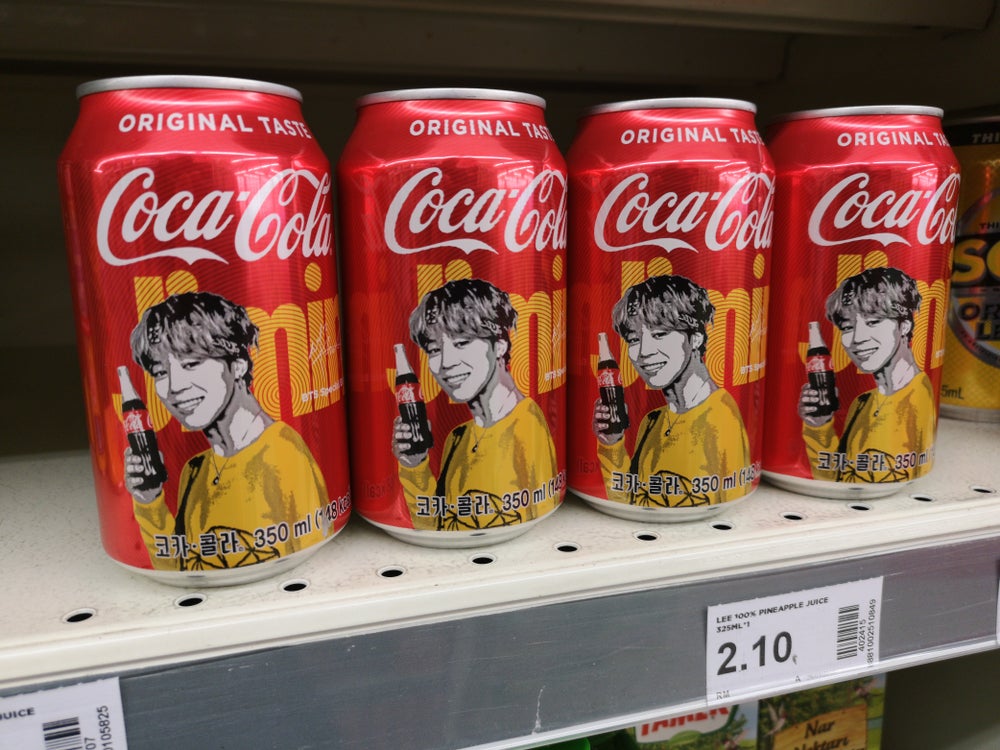
The Indianapolis Indians have increased online ticket sales 64% so far over last season, thanks in large part to an email campaign with an over 30% open rate.
The Minor League ball club used its 60,000 name internal email database of previous ticket purchasers and people who signed up to receive emails from the Indians for the campaign, says Chris Herndon, director of marketing & communications for the Indianapolis Indians.
While the team does do targeted messages to various segments of its file, the entire database was contacted for the email announcing the single game tickets going on sale in early March. The email—the first with the Indians new email provider ExactTarget—let recipients know tickets would be offered online only, before the box office and call center opened.
Compared to the first week of sales in 2010, opens were 30% compared to 20% last year, and first week ticket sales were 64% higher.
Why were sales up? A number of factors were in play, says Herndon, noting his confidence in ExactTarget’s delivery of messages as one variable. The creative this year was tweaked to present a less cluttered, cleaner message to fans. “We wanted it to be very clear what the primary and secondary messages were, with a very visible call to action.”
Another big draw that was touted to recipients were the lower ticketing fees, thanks to the team using a new ticketing service. Last year, the fee for purchasing four tickets was about $18; this year, it’s only $6. “That’s a huge difference,” says Herndon.
Victory Field—the Indians’ home stadium—has 14,000 seats. Season tickets are makes up about a third of total sales, with group or corporate business (such as company outings) comprising another third, and single game sales the remainder.
The opening day email blast was supplemented by Twitter and Facebook messaging. Other advertising for the team—such as TV, radio, outdoor and print—began closer to the start of the season in early April.
In addition to ticketing offers, fans receive email newsletters during the season once or twice a week, depending on what they’ve responded to in the past or their particular interests.
Each newsletter usually has three or four stories: One is typically team related, talking about what is happening on the baseball field of focusing on a player who is having a great run. Another story might be promotionally related, highlighting an upcoming event, while a third might be about something community related, such as the team mascot appearing in a parade or visiting a school. And a fourth story might be something topical for the week.
“We try to keep a balance, because we know there’s different reasons people are connected to us, and we want to appeal to all our audiences,” says Herndon.
Email newsletters are sent to fans maybe every three to four weeks in the off-season to keep the Indians spirit alive. And social media is also employed when the team is off the field to keep fans engaged. “Social media is a great tool for organizations like us, where people have a strong emotional connection,” he notes.



